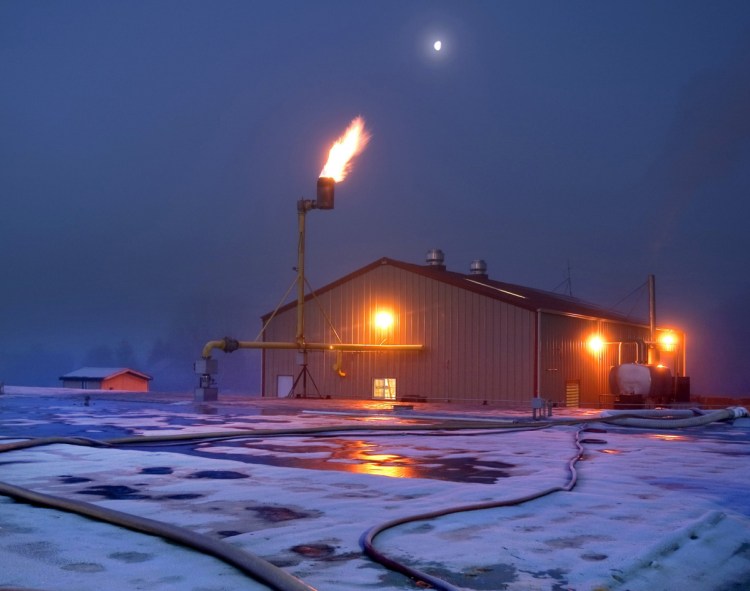Scientists love a good mystery. But it’s more fun when the future of humanity isn’t at stake.
This enigma involves methane, a potent greenhouse gas. Twenty years ago, the level of methane in the atmosphere stopped increasing, giving humanity a bit of a break when it came to slowing climate change. But the concentration started rising again in 2007 – and it’s been picking up the pace over the last four years, according to new research.
Scientists haven’t figured out the cause, but they say one thing is clear: This surge could imperil the Paris climate accord.
That’s because many scenarios for meeting its goals assumed that methane would be falling by now, buying time to tackle the long-term challenge of reducing carbon dioxide emissions.
“I don’t want to run around and cry wolf all the time, but it is something that is very, very worrying,” said Euan Nisbet, an earth scientist at Royal Holloway, University of London, and lead author of a recent study reporting that the growth of atmospheric methane is accelerating.
Methane is produced when dead stuff breaks down without much oxygen around. In nature, it seeps out of waterlogged wetlands, peat bogs and sediments. Forest fires produce some, too.
Copy the Story LinkSend questions/comments to the editors.



Success. Please wait for the page to reload. If the page does not reload within 5 seconds, please refresh the page.
Enter your email and password to access comments.
Hi, to comment on stories you must . This profile is in addition to your subscription and website login.
Already have a commenting profile? .
Invalid username/password.
Please check your email to confirm and complete your registration.
Only subscribers are eligible to post comments. Please subscribe or login first for digital access. Here’s why.
Use the form below to reset your password. When you've submitted your account email, we will send an email with a reset code.